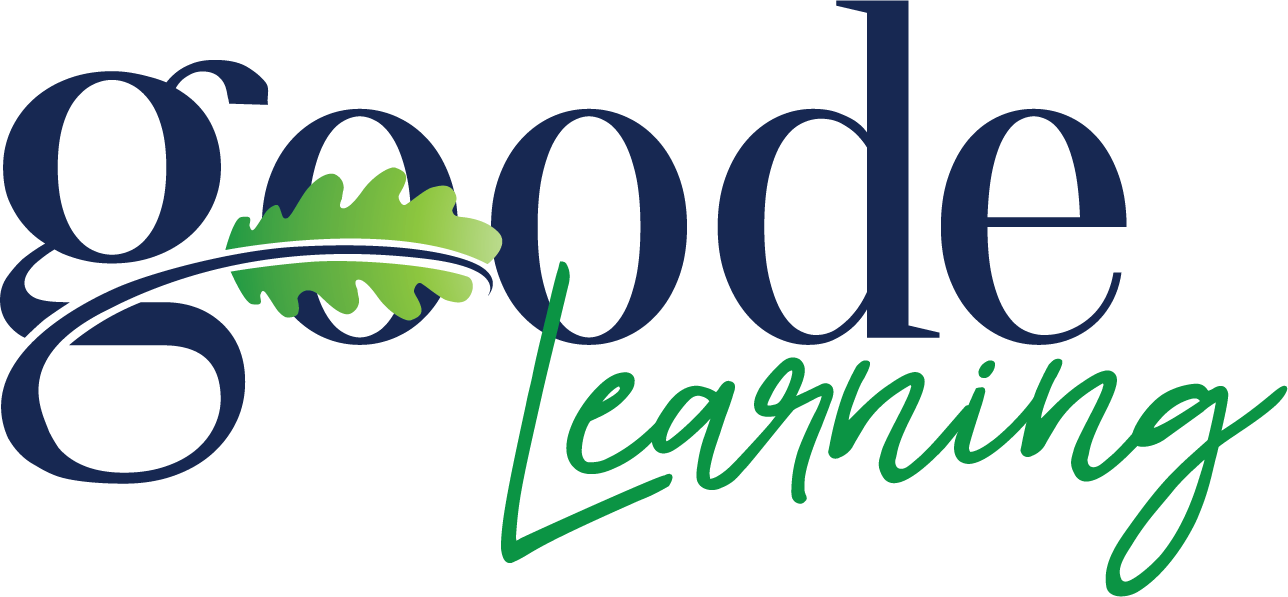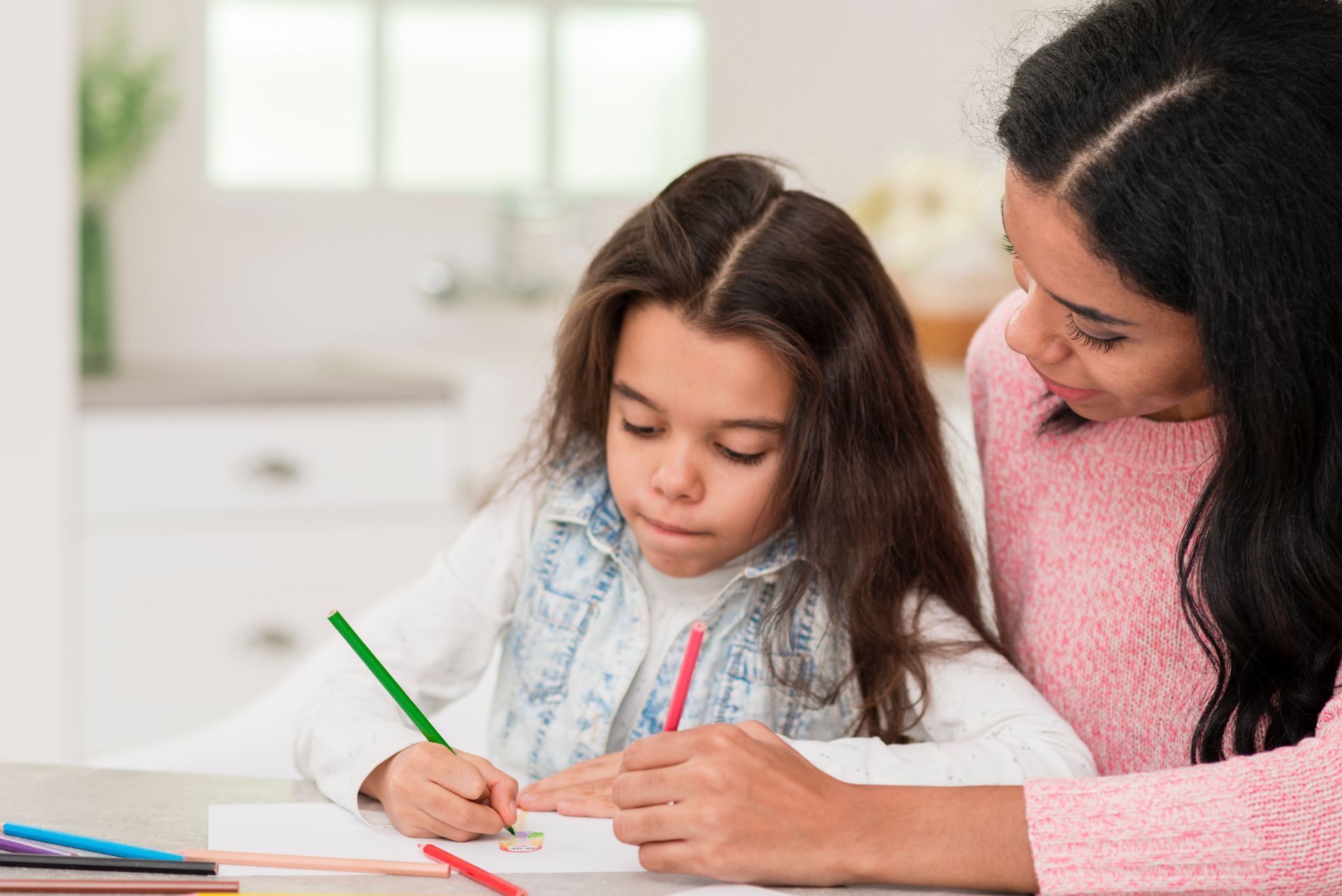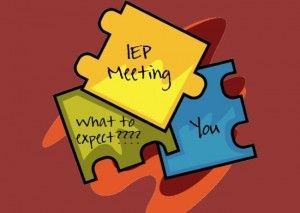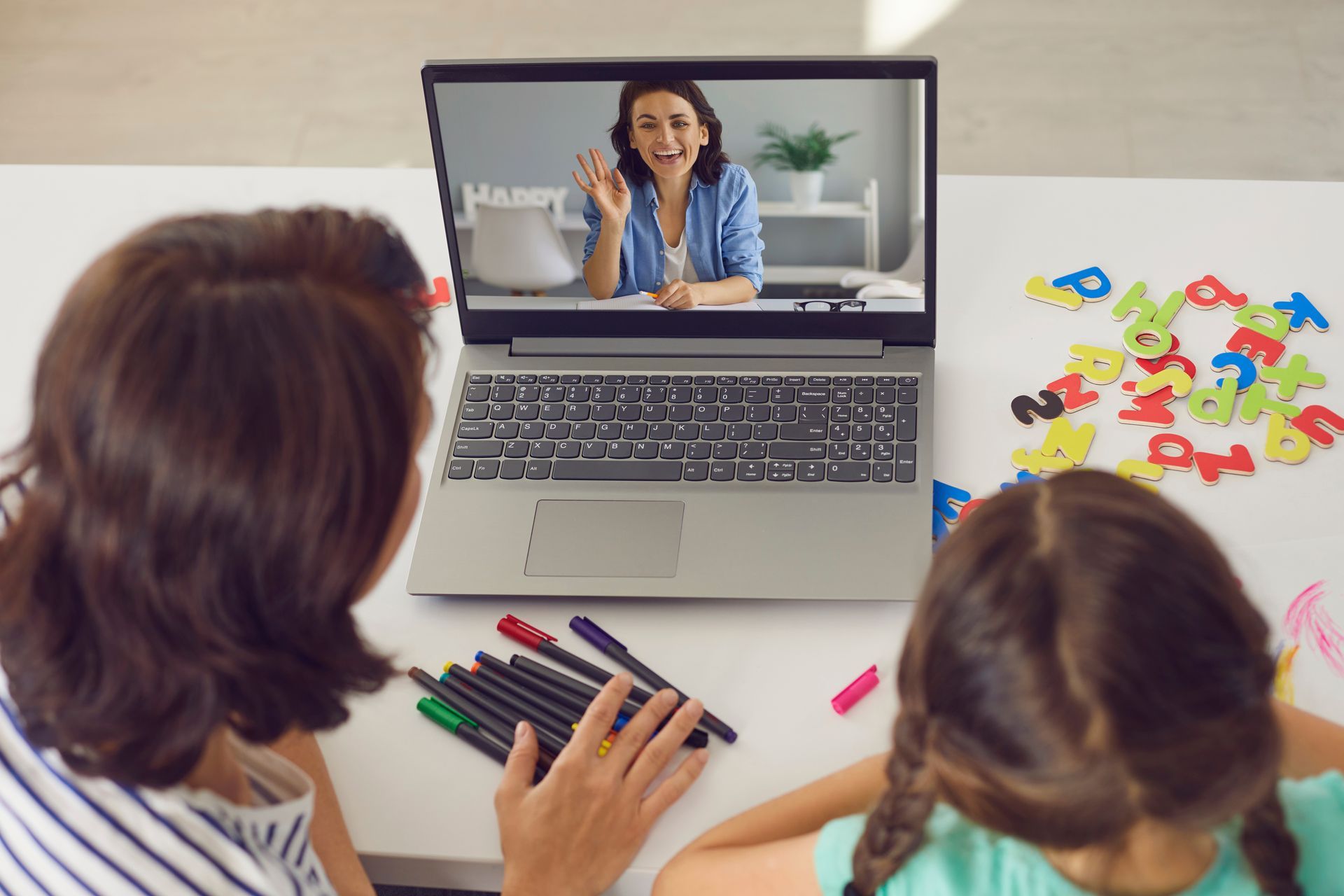Understanding and Navigating the IEP Process: A Guide for Parents
Every child is unique, with different strengths, weaknesses, and ways of learning. For some children, a typical classroom setting may not offer the support required to reach their full potential. This is where an Individualized Education Program (IEP) comes into play. An IEP is a legal document that outlines a tailored learning plan to meet the unique needs of a child with a disability. Navigating the IEP process can be confusing and overwhelming, but don't worry, Goode Learning is here to help you through it.
What is an IEP?
An Individualized Education Program, or IEP, is a document that details the support, services, and accommodations that a child with a disability will need to succeed in school. It is developed by a team that often consists of parents, teachers, school administrators, and other professionals who understand the child's specific needs. It is reviewed on a regular basis – at least once a year – and modified as necessary to reflect the child's progress and evolving needs.
Starting the IEP Process
The IEP process often starts with an assessment to identify and understand the child's unique needs. This evaluation determines whether the child is eligible for special education services and what type of support would be most helpful. If your child is identified as needing an IEP, the next step involves the formation of an IEP team.
The IEP Team
Your IEP team, which includes you as the parent, will work together to design an educational plan that specifically caters to your child's needs. The team usually includes the child's primary teacher, a special education teacher, a school psychologist, and a school administrator. As the parent, your input is not only welcomed but also encouraged in this process. You know your child best and can provide invaluable insights into their needs, strengths, and interests.
Creating the IEP
The IEP document outlines the child's present levels of academic and functional performance, annual educational objectives, special services to be provided, and how the child's progress will be measured. It's important to remember that an IEP is a fluid document – as your child's needs change, so too should their IEP.
Monitoring Progress
Once the IEP is in place, it's vital to monitor your child's progress toward their goals. The school will provide regular updates, but as a parent, you should also keep track of your child's progress at home.
Understanding Your Rights
As a parent, you have specific rights during the IEP process. These involve your right to participate in meetings, to view your child's educational records, and to dispute an IEP if it doesn't meet your child's needs. It's important for you to understand and exercise these rights, ensuring your child receives the best possible support.
Seeking Support
Although the IEP process may seem daunting, remember, that you're not alone. Many resources and services can guide and support you through this journey. At Goode Learning, we understand how confusing IEPs can be, and we are here to help.
Wrapping Up
An IEP is a powerful tool that can significantly improve your child's educational experiences and outcomes. However, navigating the IEP process can be complex. That's why it's essential to acquire knowledge, seek support, and remember that you are your child's best advocate.
At Goode Learning, we are committed to assisting parents through the IEP process. We can help review your child's IEP, answer any questions you may have, and provide recommendations for its improvement. Your child's success is our primary concern, and we are here to provide the support that you need. Contact Goode Learning today to discuss how we can assist you in understanding and navigating your child's IEP process.










